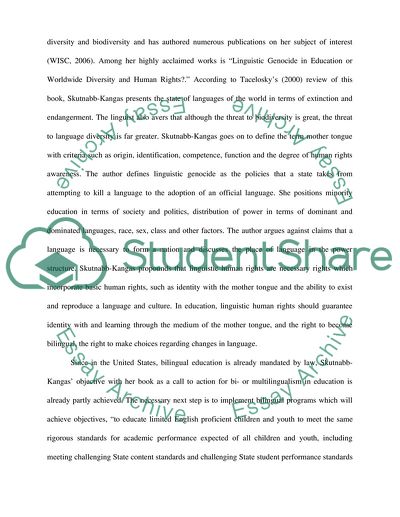Cite this document
(“What Makes a Bilingual Education Program Successful Research Paper”, n.d.)
Retrieved from https://studentshare.org/education/1548395-what-makes-a-bilingual-education-program-successful
Retrieved from https://studentshare.org/education/1548395-what-makes-a-bilingual-education-program-successful
(What Makes a Bilingual Education Program Successful Research Paper)
https://studentshare.org/education/1548395-what-makes-a-bilingual-education-program-successful.
https://studentshare.org/education/1548395-what-makes-a-bilingual-education-program-successful.
“What Makes a Bilingual Education Program Successful Research Paper”, n.d. https://studentshare.org/education/1548395-what-makes-a-bilingual-education-program-successful.


